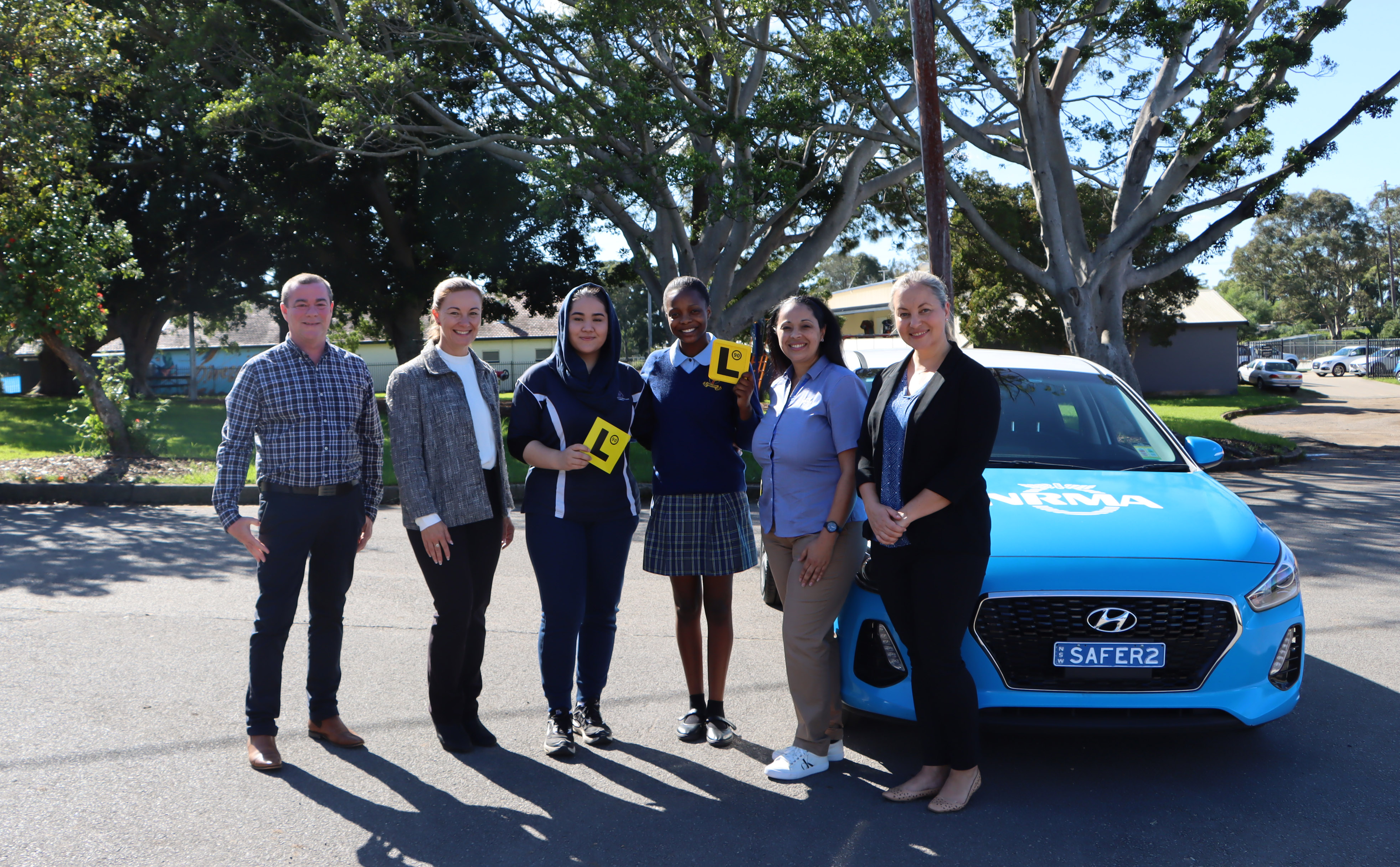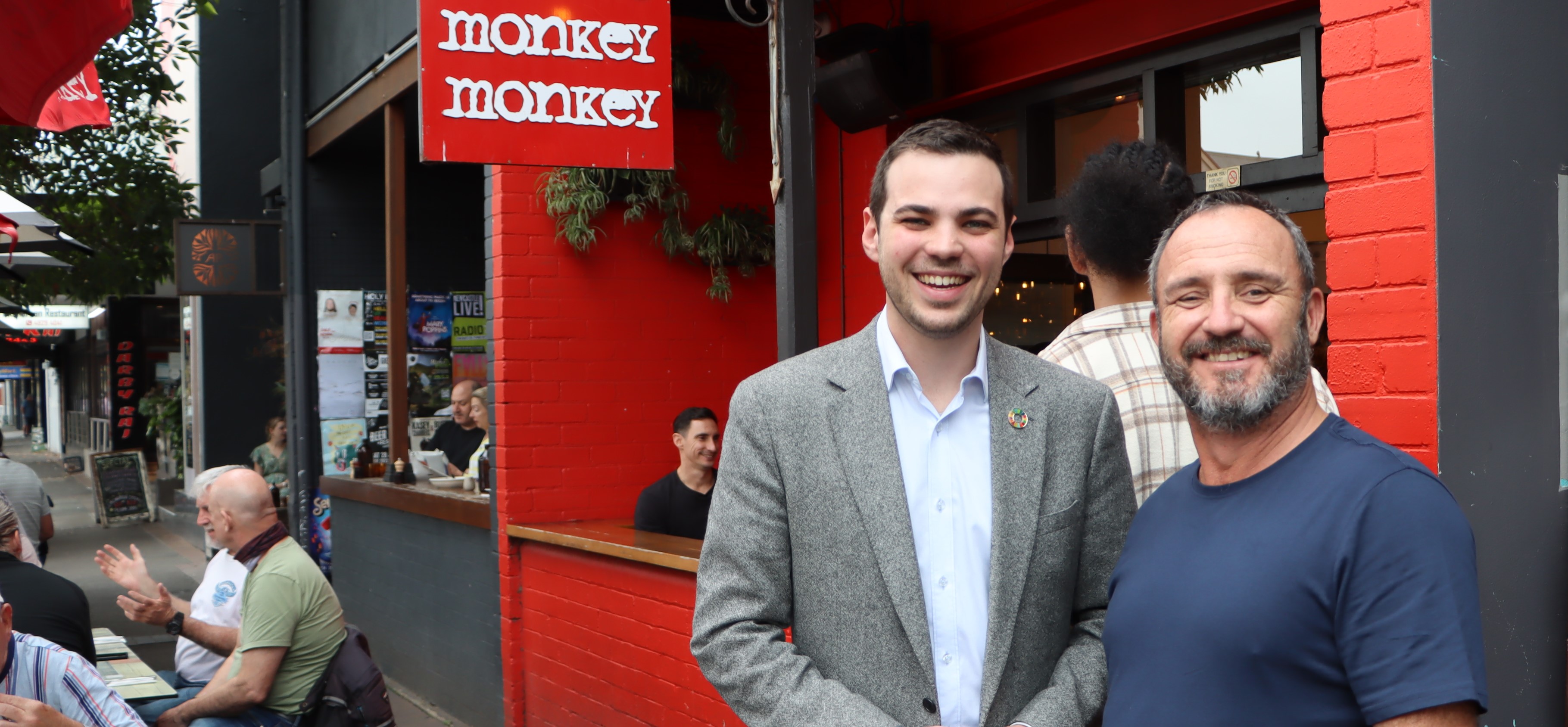Dr Richard Stephenson is a Specialist Emergency Physician and an Adventurer. He was also a Scout and says that it was his “time in the Scouts that prepared me for a life of adventure.” As he and fellow medical specialist, Dr Gareth Andrews, prepare for the biggest adventure of their life, The Last Great First Expedition, the first fully unsupported ski crossing of Antarctica, the two doctors say that their  adventurous spirit began with being involved with their local Scouts group.
adventurous spirit began with being involved with their local Scouts group.
The Last Great First Antarctic Traverse will see a historic Expedition being undertaken by the two doctors. They are attempting the first fully unsupported ski crossing of Antarctica, skiing 2,600km for 110 days all the while pulling a 200kg sled. If they succeed, they will break the world record for the longest unsupported polar Expedition. After months of intensive training in Norway, New Zealand and Australia, the Expedition will start in October 2022 through to February 2023.
“Scouts Australia is proud to be supporting The Last Great First Expedition,” says Phil Harrison, National Chief Commissioner, Scouts Australia. “The Expedition will demonstrate many of the Scouts Australia’s values and attributes including courage, resilience, empowerment, responsibility, and self-confidence fuelled by teamwork, passion and commitment.”
On 27 May, at Government House, Canberra, the Governor-General of the Commonwealth of Australia and Chief Scout, His Excellency General the Honourable David Hurley AC DSC (Retd), will formally invest explorers Dr Gareth Andrews and Dr Richard Stephenson, along with the Expedition Chairman, Mark Richardson, who was also a Scout, as fully fledged uniformed Members of Scouts Australia.
“Antarctica is a place that inspires wonder and sparks the imagination. What Gareth and Richard are attempting is one of the great expeditions and, on behalf of all Australians, I wish them well. I will be following their progress closely!” said the Chief Scout.
“It is an honour to be welcoming them back to Scouts and as a member of the worldwide Scout community,” Mr Harrison added. “Ceremonies such as this are very rare. This would be the first time in memory that we have had the Governor-General and Chief Scout of Australia invest Ambassadors for Scouts Australia.”
“As former Scouts, Gareth and Richard were provided with foundation skills for life thanks to their time in Scouting. They follow in the footsteps of explorer Sir Douglas Mawson who was awarded the Silver Wolf, the highest Scouting medal of its time (1915). An award which reflected the qualities of a Scout – discipline, obedience, resourcefulness and self-reliance,” said Mr Harrison.
Dr Stephenson started Scouts at the age of eight and says, “I remember finding Scouts exciting and inspiring, the feeling of a world of adventures and opportunities laid out in front of me by Scouts. That brief association was the beginning of my passion for the outdoors, the personal survival skills that needed to be learned to travel in wild places safely, and the sense of adventure to be had off the beaten track.”
Fellow Explorer, Consultant Anaesthetist at St Vincent’s Hospital, Sydney, and Expedition Doctor, Dr Gareth Andrews grew up on a wild and remote island in the Inner Hebrides of Scotland. It was here that his parents introduced to him the wonders of the natural world and the enjoyment of being outside. Joining the Beaver Scouts at what is now the Penzance/Madron Scout Group aged seven, he distinctly remembers the pride he felt in his grey Beavers jumper, blue scarf, yellow woggle and purple Scout badge. Gareth graduated to the Cub Scouts and then to Scouts. “It was with this group that I first used a compass, abseiled down a cliff, paddled a canoe and slept in a tent with my friends,” says Dr Andrews.
As a team, Dr Stephenson and Dr Andrews have been exploring and adventuring together for over 10 years. As school-boys their imagination was captured by tales from over a hundred years ago and has helped the team forge their own paths to the poles. Working with Scouts of all ages in Australia and internationally, Dr Stephenson and Dr Andrews hope to inspire the next generation of Scouts to reach for their goals and achieve their own remarkable aspirations.
Dr Andrews sums up his love of Scouts as, “My time in the Scouts equipped me with the necessary survival skills to be safe and to push the boundaries in the world’s wild places. It was also in the Scouts that, as a youngster, I was first introduced to the concepts of leadership, camaraderie and teamwork. Scouts also taught me my most valuable lesson, to be inquisitive about the world we live in. I carry these lessons with me now, many years later, and I firmly believe they make me a better Doctor and Adventurer.”
“In the past 10 years, Scouts Australia has had only one Ambassador, Andrew Lock OAM, a world acclaimed adventurer and high alpine mountaineer,” says Mr Harrison. “The World Ambassador for Scouts is Bear Grylls. Ambassadors Dr Stephenson and Dr Andrews are acclaimed individuals who are an inspiration to our young people and who have demonstrated the Scouting spirit, and ethos, in their pursuits.”
Scouts Australia programs around Australia have resumed in full since the removal of most Covid-19 restrictions. Those new to Scouts can express their interest online at scouts.com.au, and be put in contact with their local Scout Group.

 Image: Director of CatholicCare Social Services Hunter-Manning Gary Christensen, Councillor Peta Winney-Baartz, CatholicCare Refugee Hub Driving Program participants Madina and Edeni, NRMA driving instructor Jackie Chestney and Team Leader – Refugee Hub CathlicCare Social Services Hunter-Manning Mirja Colding-Moran
Image: Director of CatholicCare Social Services Hunter-Manning Gary Christensen, Councillor Peta Winney-Baartz, CatholicCare Refugee Hub Driving Program participants Madina and Edeni, NRMA driving instructor Jackie Chestney and Team Leader – Refugee Hub CathlicCare Social Services Hunter-Manning Mirja Colding-Moran The project will bring new life to the Darby Headphones Courtyard with new street seating, paving, lighting and public art to encourage people to visit, stay and connect. The project will also include the installation of vibrant murals on both the walls and footpaths, celebrating local and upcoming artists in collaboration with local art festivals. A new pedestrian crossing leading to the courtyard will improve accessibility and safety.
The project will bring new life to the Darby Headphones Courtyard with new street seating, paving, lighting and public art to encourage people to visit, stay and connect. The project will also include the installation of vibrant murals on both the walls and footpaths, celebrating local and upcoming artists in collaboration with local art festivals. A new pedestrian crossing leading to the courtyard will improve accessibility and safety.